Purple sweet potatoes have a high anthocyanin content. Anthocyanin is a plant pigment that gives potatoes their characteristic purple color and has strong antioxidant properties. Studies show that purple sweet potatoes contain more anthocyanin than regular orange or white sweet potato varieties, according to the health website Eating Well (USA).
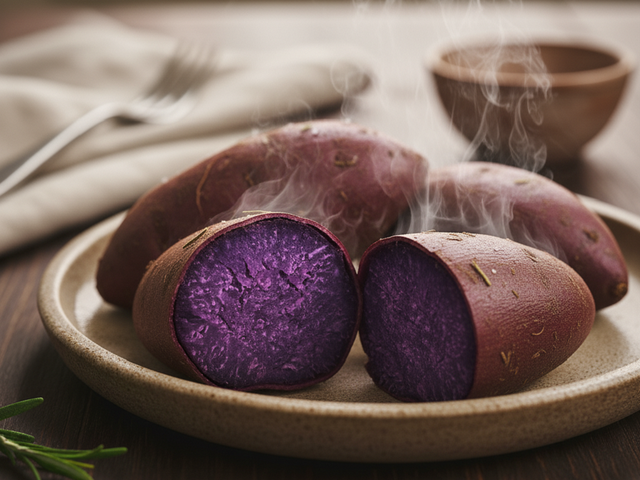
Purple sweet potatoes are rich in anthocyanins, antioxidants that give sweet potatoes their characteristic purple color.
PHOTO: AI
Anthocyanins participate in biological processes that help fight inflammation and support the regulation of sugar metabolism. In addition, purple sweet potatoes also contain phenolics, flavonoids and other active compounds such as flavonoids and phenolic acids. These substances can stimulate the use of glucose in fat cells or muscle cells, thereby promoting glucose absorption into cells and reducing blood sugar.
Another important point when cooling cooked sweet potatoes or refrigerating them is that some of the starch in purple sweet potatoes turns into resistant starch. Resistant starch is not digested in the small intestine and therefore does not turn into glucose. As a result, it reduces the glycemic index of the potato.
In experiments on mice with type 2 diabetes, scientists discovered that anthocyanin extracted from purple sweet potatoes helps reduce fasting blood sugar, while increasing antioxidant enzyme activity in serum.
For liver tissue, purple sweet potatoes have been shown to improve organ metabolism, especially in the liver. This is an important organ that regulates glucose throughout the body.
Although there are many benefits, when eating purple sweet potatoes, people need to pay attention to avoid taking in too much sugar for the body. First, choose sweet potato varieties with dark purple skin and flesh. Darker tubers are often richer in anthocyanin pigments.
Cooking methods are very important. Prioritize methods that increase resistant starch and limit fat. Ideal cooking methods are boiling and then cooling or refrigerating, avoiding frying or baking for long periods of time.
In addition, people also need to control the portion of purple sweet potatoes. Because although rich in fiber, processed to make strong, purple sweet potatoes still contain starch. Eating too much can easily cause excess calories and excess fat.
Purple sweet potatoes should be combined with other sources of protein, healthy fats, and fiber. Diabetics are advised to limit sweet potatoes to no more than 25% of their total daily carbohydrate intake, according to Eating Well .
Source: https://thanhnien.vn/loi-ich-suc-khoe-bat-ngo-cua-khoai-lang-tim-voi-duong-huet-185251003134432985.htm



![[Photo] General Secretary To Lam attends the 8th Congress of the Central Public Security Party Committee](https://vphoto.vietnam.vn/thumb/1200x675/vietnam/resource/IMAGE/2025/10/4/79fadf490f674dc483794f2d955f6045)

![[Infographic] Notable numbers after 3 months of "reorganizing the country"](https://vphoto.vietnam.vn/thumb/1200x675/vietnam/resource/IMAGE/2025/10/4/ce8bb72c722348e09e942d04f0dd9729)


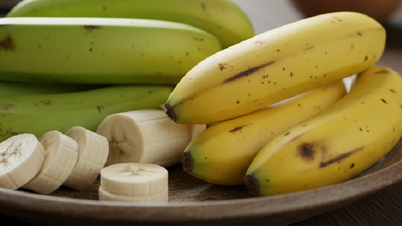

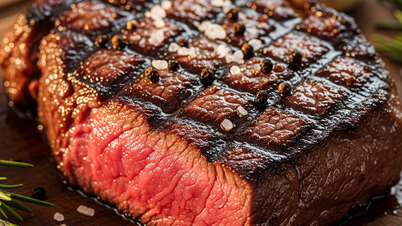




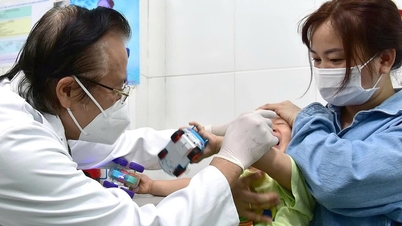





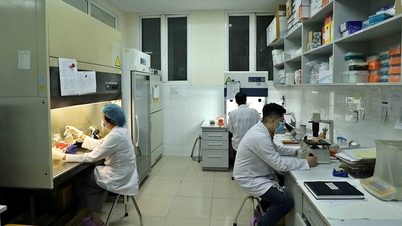




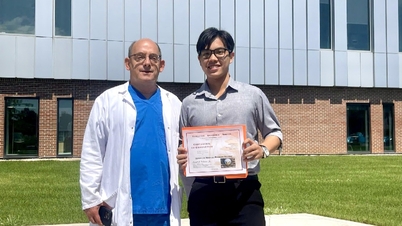





![[Photo] Prime Minister Pham Minh Chinh chairs meeting to deploy overcoming consequences of storm No. 10](https://vphoto.vietnam.vn/thumb/1200x675/vietnam/resource/IMAGE/2025/10/3/544f420dcc844463898fcbef46247d16)
![[Photo] Students of Binh Minh Primary School enjoy the full moon festival, receiving the joys of childhood](https://vphoto.vietnam.vn/thumb/1200x675/vietnam/resource/IMAGE/2025/10/3/8cf8abef22fe4471be400a818912cb85)







































































Comment (0)